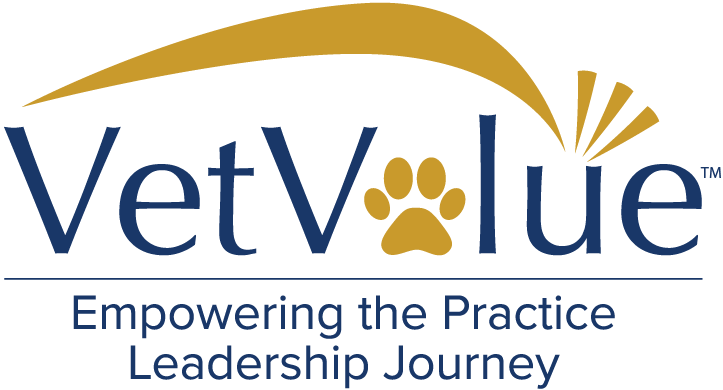The Private Equity Environment Today
Today in the U.S. there are thousands of Private Equity (PE) firms of all sizes and mandates.
The capital residing in these funds is growing. Prequin estimated that global private equity firms had $390BN of committed, but un-invested capital (called Dry Powder) in 2011. That number has growth $650BN+ in the last nine years.
All that money is available to be invested where it can earn fees for the managers. Managers do not earn fees on money they do not invest, so the incentive to find and acquire targets is strong.
Private Equity Investment Strategies
PE fund managers diligently plan and implement business strategies for investing and growing equity.
The basic PE playbook is known to enough people. Leverage is a key complement to any PE strategy, but seldom a strategy alone since every PE uses leverage.
Fund managers strategize to increase, or maintain growth in the assets they buy. Particularly, they are focused on growing profit, and accordingly cash flows, which is a key metric in nearly any exit. A Company can grow profits by increasing revenue, decreasing costs, or both.
Cost Efficiency
Costs are on a spectrum of contracted and fixed to fully variable. You pay rent (generally) regardless of how much money you make. Likewise, you only pay the cost of buying and then reselling product at mark-up if you sell the product.
Fund managers look at all costs that can be identified or measured, variable, or fixed and seek ways to drive efficiency. This can include resetting contracts with suppliers or introducing technology to allow for more productive employees. Any and everything possible is carefully considered. For most costs, particularly fixed costs, higher revenue results in a higher profit margin.
However, as with the benefits of using debt, most private equity firms work from the same playbook in this regard. There are only so many novel ways to optimize a business’ cost structure. And in some cases, changes can cause more problems than benefits
Organic Revenue Strategies
There are many ways to grow a business’s revenue. Investing in more sales people or raising prices are two examples but there are many others. The list extends beyond my knowledge and can be highly customized to a given industry or business type. Some strategies will carry more risk than others.
Organic growth, or growth generated from existing assets without new capital investment, is generally considered the lowest risk grow strategy. Many business strategies can give rise to organic growth but most primarily focus on reaching new customers, increasing volume.
If the market for a business’ products or services is growing relatively fast, organic growth can be easy and low risk. Consider the cyber security industry, for instance. Recently, many companies have added solutions that may not have existed 10 years ago, but today are considered essential. In this case, completing a new sale may be as easy as being in the right place at the right time.
The growing market is the “high tide lifts all boats” strategy. Companies that have high organic growth generally command a high acquisition multiple. Paying a higher acquisition multiple increases the risk that the PE firm will over-pay. And every phase of growth has its term.
For now the veterinary services market is growing faster than the economy with recession proof qualities. Over time individual markets will mature and growth will approach the growth of the economy, or worse.
Price increases represent a form of organic growth. However, it is seldom a sustainable strategy in the long-term since humans adapt to high prices. Many companies have limited flexibility to raise prices for this reason.
Pet owners are more likely to continue paying higher prices for veterinary services in the near-term. Eventually veterinary hospitals will lose the ability to enact regular price increases.
Acquisition Strategies
Acquisition to grow revenue is generally regarded as a higher risk strategy than organic growth strategies. The acquisition of a business where the assets walk out every day (such as a veterinary practice) is very risky. Similarly acquiring a business that is very different from the acquiror can be very risky. Managers undertaking acquisitions expect to drive growth through ambitious synergies, revenue and cost with variable risks to realization.
The risk of an acquisition strategy is lessened if there are many available targets for acquisition. An industry that contains many small, similar companies is called a highly fragmented industry. Also, if the acquisition targets are similar enough to be integrated into the existing company. Or if the acquisition process is replicable from target to target.
Acquiring animal hospitals checks all of these boxes. This type of strategy is often referred to as a “roll-up”.
Private Equity Acquisition Strategy in Veterinary Services
Private equity funds are interested in today’s veterinary services roll-up opportunity. The roll-up of veterinary hospitals constitutes a higher return / lower risk acquisition strategy. Today, this strategy can be funded almost entirely by debt.
Most corporates in veterinary services pursue a form of this high return / lower risk acquisition strategy. The fund managers know better than most that no opportunity lasts forever. Corporate acquisition strategies will become lower return / lower risk strategies as competition increases for acquisitions. Until then, the “gold rush” opportunity remains in effect.
Future View
When the good acquisition targets are integrated, M&A activity will decline and Corporates will adopt other strategies for growth. These strategies may have high return potential but be more risky to implement such as developing innovative new products, including technologies. Many low-skilled service businesses have been disrupted by new technology, but high-skilled service jobs remain relatively unthreatened.
Replacing people in veterinary medicine will require investments in technology. Some of the technology exists today in other professions but some of may not exist for years. Some day, a robot may complete every canine surgery in the world, with another robot training the robot that trained the robot that completed the surgeries. How this robot can be equipped with wisdom and judgement beyond that possessed by even a perfunctory doctor, I cannot imagine.
Corporates have advantages over the small business owner in preparing for, and capturing the future. They have easy access to capital to invest in technologies and resources to aid with recruiting new clinicians. They have systems in place to monitor performance and scale to attract the best vendors at the lowest price. But large companies are seldom nimble, and generally have more to lose from investing in something that is unproven and innovative.
Often companies that are small and accept high risk are the ones that succeed in driving or creating disruption. Every leading corporate in veterinary services wants to anticipate and capture the future, but none wants to be disrupted. There are many potential services, and future technologies that could combine to disrupt veterinary services as we know it.
As long as doctors and technicians are needed to treat pets and comfort owners, people will be essential to delivering the service. The best, most motivated, most aligned group of people will succeed but technology is required to enable this team of people. There are many innovations in the service, technology or use of technology to come. Adoption of new innovation is likely to be incremental instead of sudden.
For me, the key questions of the future are: what benefits do clinicians gain by combining into groups and how can those benefits be enlarged?
Insurance companies distort the incentives for medical professionals or institutions who seek to develop innovations in the service of handling patients. The insurance company sits between the doctor and patient decision. Any doctor who identifies an innovation has to convince the insurance company of its merit.
For now, veterinary services lacks the high penetration of the insurance middleman that human doctors contend with. Innovation in how veterinary medicine is delivered should develop quickly and likely outpace innovation in human medicine.


